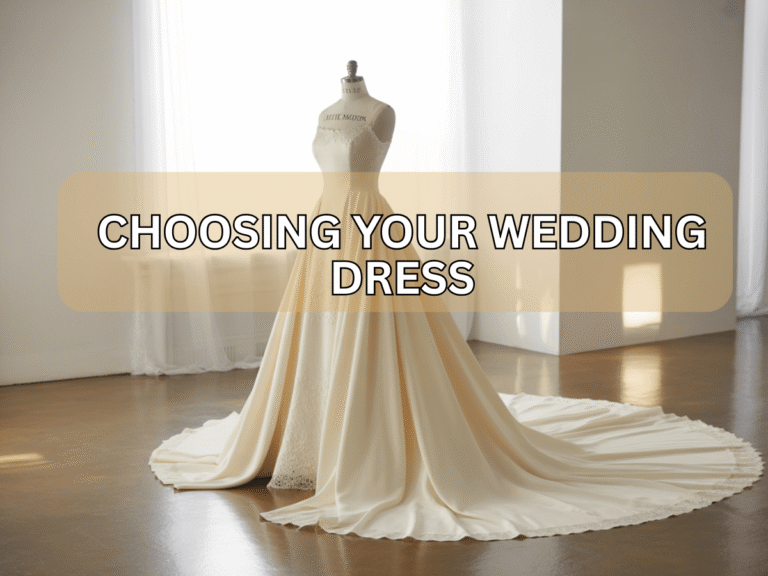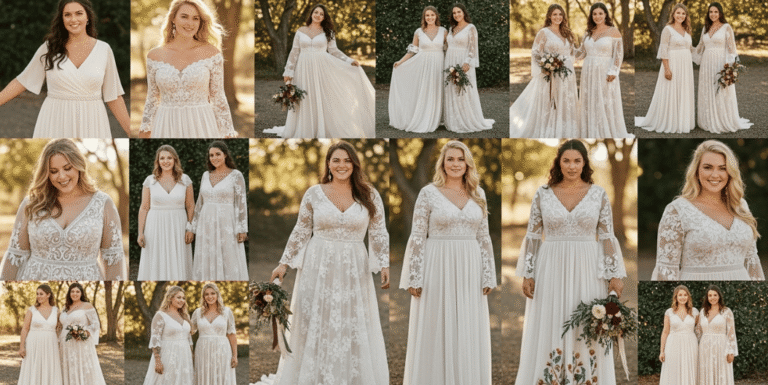Middle Eastern and North African Wedding Dresses: Kaftans, Abayas, and Takchitas
Weddings in the Middle East and North Africa (MENA) are a celebration of culture, history, and artistry. Traditional bridal gowns, such as kaftans, abayas, and takchitas, are more than clothing—they reflect centuries of craftsmanship, symbolism, and regional identity. Brides across MENA regions wear these gowns not only to look elegant but to honour heritage and family traditions.

Table of Contents
- Why Kaftans Are the Heart of North African Bridal Fashion
- How Moroccan Takchitas Add Layers of Elegance
- Abayas and Jalabiyas: Modesty Meets Glamour
- What Makes Each Region’s Gown Unique
- Choosing the Right MENA-Inspired Bridal Gown
- Why These Dresses Are More Than Just Fashion
- Making Your Wedding Truly Memorable
Why Kaftans Are the Heart of North African Bridal Fashion
The kaftan is one of the most iconic gowns in North African bridal fashion. This long, flowing robe features wide sleeves, structured shoulders, and luxurious fabrics such as silk, satin, and brocade. Designers often add jewel-toned belts to highlight the waist and enhance the silhouette.
Kaftans carry significant cultural meaning. Wearing one connects brides to generations of women who celebrated life’s milestones in similar robes. For example, the Chedda of Tlemcen in Algeria is a velvet kaftan embroidered with gold thread and adorned with pearls. This combination of fabric, embroidery, and jewelry creates a regal ensemble fit for traditional wedding ceremonies.
Regional variations include intricate metallic embroidery and hand-stitched geometric or floral motifs, which symbolize prosperity, fertility, and harmony. These details make each gown unique while preserving cultural identity.

How Moroccan Takchitas Add Layers of Elegance
The Moroccan takchita is a traditional two-layered gown, consisting of an inner dress (tahtiya) and an outer overdress (dfina). Both layers are often richly embroidered with metallic threads, beads, and sequins, reflecting centuries-old artisanal traditions.
Takchitas are designed with ceremonial versatility in mind. Brides often remove the outer finery during the celebration, revealing the simpler inner gown. This practice not only creates a dramatic visual effect but also carries symbolic meaning, representing transition, elegance, and transformation.
Embroidery on takchitas carries deep significance. Geometric patterns suggest harmony and balance, while floral motifs reflect growth and fertility. The metallic threads and beadwork convey status, artistry, and prestige, making the gown a centerpiece of any wedding.

Abayas and Jalabiyas: Modesty Meets Glamour
In other Middle Eastern regions, brides frequently choose abayas or jalabiyas for weddings. These gowns emphasize modesty while maintaining elegance. Abayas are typically made of lightweight fabrics, including silk or chiffon, allowing for flowing silhouettes that suit formal ceremonies.
Designers enhance abayas with delicate embroidery, lace, and beadwork to create gowns that are both modest and majestic. These dresses also allow for cultural and religious expression, aligning with the values of many MENA communities while providing stunning visual appeal.
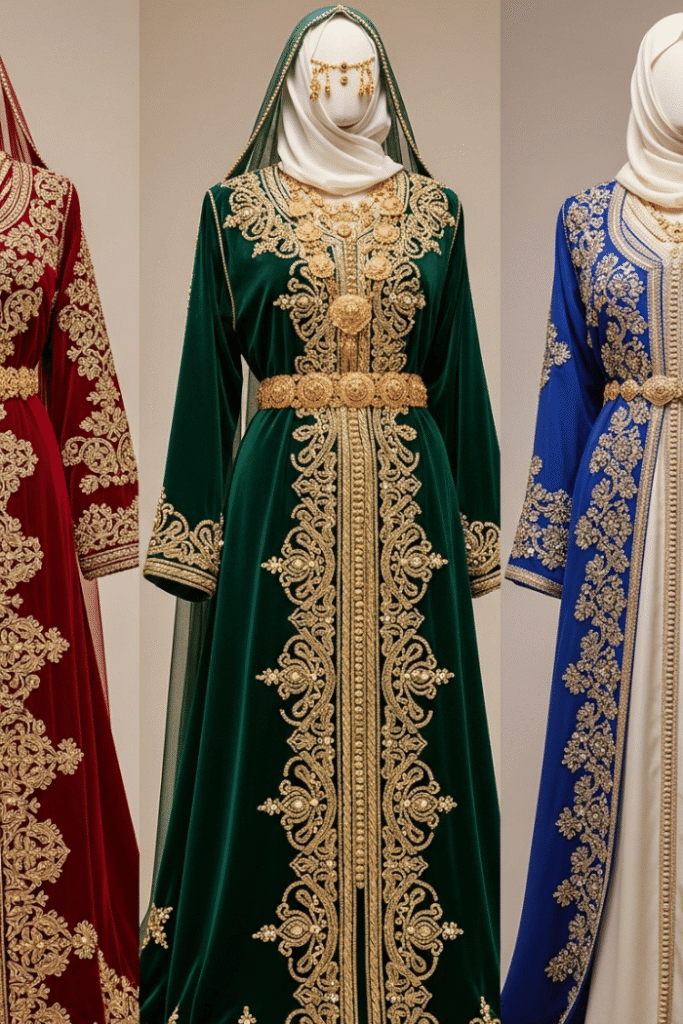
What Makes Each Region’s Gown Unique
Different MENA regions bring distinctive touches to traditional bridal gowns:
- Djebba Fergani (Algeria): Velvet gown decorated with majboûd embroidery, showcasing local craftsmanship.
- Chedda of Tlemcen (Algeria): Velvet kaftan with gold thread and pearls, often accompanied by traditional jewelry.
- Moroccan Takchitas: Two-layered gowns with metallic embroidery, beads, and sequins, tailored for ceremonial transformations.
These variations highlight how regional history, climate, and traditions influence gown design, making each wedding ensemble a unique reflection of cultural identity.
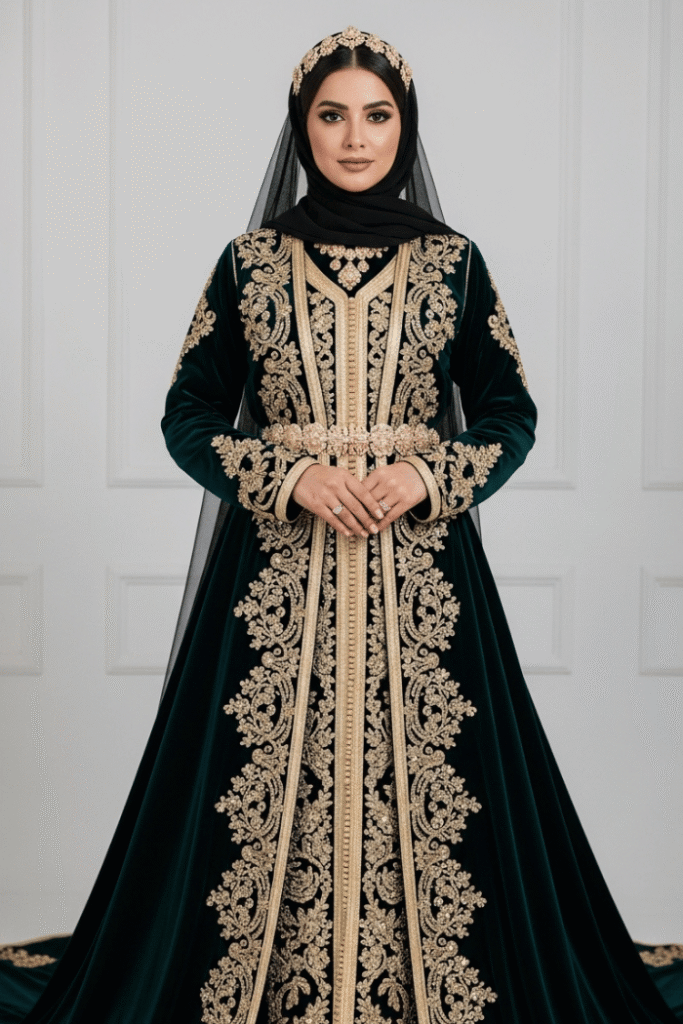
Choosing the Right MENA-Inspired Bridal Gown
Selecting the perfect gown requires attention to fabric, silhouette, embroidery, and cultural significance:
- Silhouette: Kaftans offer flowing elegance, takchitas provide layered drama, and abayas deliver modest sophistication.
- Fabric: Velvet or brocade suits winter weddings, while silk, satin, or chiffon works beautifully for warmer climates.
- Embroidery: Metallic threads, beads, and sequins enhance both aesthetic appeal and cultural meaning.
- Ceremonial Versatility: The takchita’s removable overdress allows brides to achieve two looks in one ceremony.
- Custom or Rental: Custom gowns allow personal touches and authenticity, while rental options offer convenience for Moroccan takchitas and kaftans.
Why These Dresses Are More Than Just Fashion
Middle Eastern and North African wedding dresses are more than fashion—they are heritage. Each gown tells a story: embroidery conveys values like prosperity and fertility, flowing silhouettes symbolize grace, and ceremonial layers create memorable moments.
By choosing a kaftan, abaya, or takchita, brides not only wear a beautiful gown but also connect with centuries of tradition, artistry, and cultural identity. These dresses remind everyone that weddings in MENA cultures are as much about celebration as they are about honoring roots.
Making Your Wedding Truly Memorable
MENA bridal gowns offer timeless elegance, deep symbolism, and unique artistry. Whether it’s the flowing kaftan, layered takchita, or embroidered abaya, each dress reflects history, tradition, and family pride. For brides seeking a wedding gown that is meaningful and majestic, exploring Middle Eastern and North African designs ensures beauty, cultural depth, and a story worth wearing.
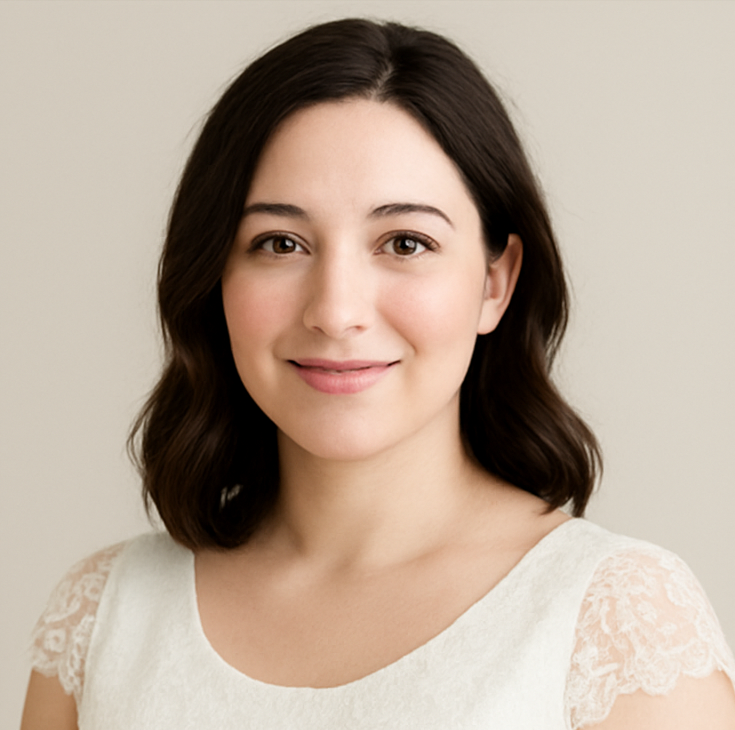
Sophia Lane is a dedicated bridal fashion writer and wedding style consultant with over a decade of experience in helping brides-to-be discover their dream gowns. With a background in fashion journalism and bridal styling, Sophia specialises in writing detailed, research-driven guides on wedding dress styles, fabrics, accessories, and bridal trends.
Her work blends in-depth fashion knowledge, cultural research, and practical advice, ensuring brides receive content that is both inspiring and actionable. She has studied wedding dress history across cultures, analysed emerging eco-friendly bridal trends, and regularly collaborates with designers to stay updated on the latest collections.
Expertise
-
Wedding dress styles, fabrics, and silhouettes
-
Body-shape based bridal styling (petite, plus size, tall, maternity)
-
Sustainable and eco-friendly bridal fashion
-
Bridal accessories, tailoring, and preservation techniques
-
Global cultural wedding attire traditions



